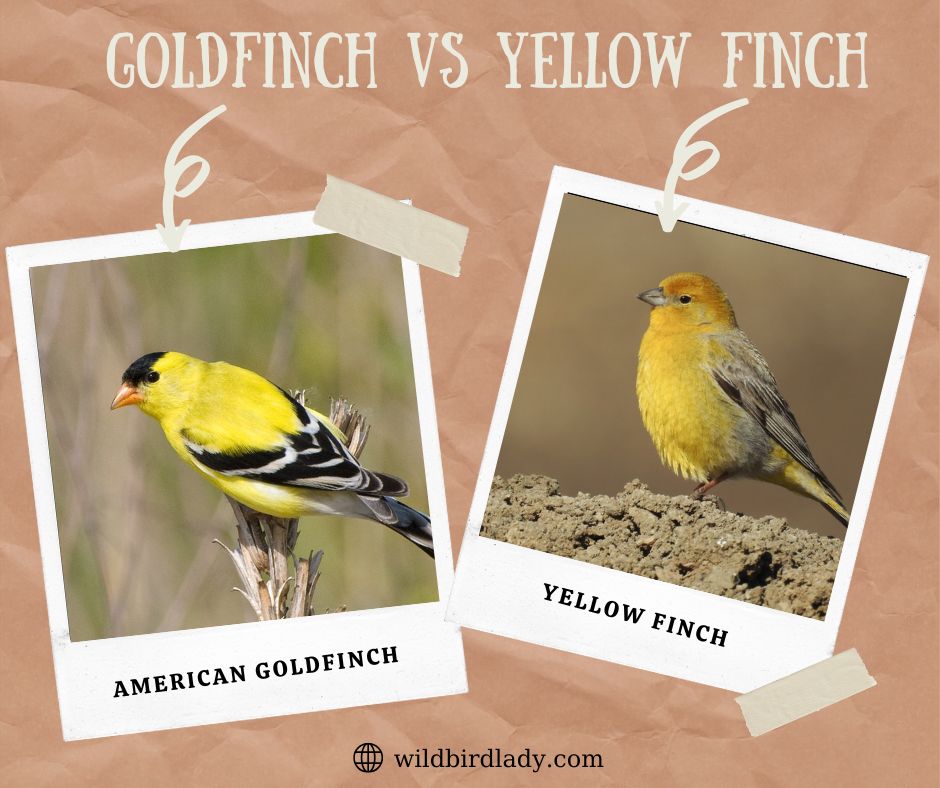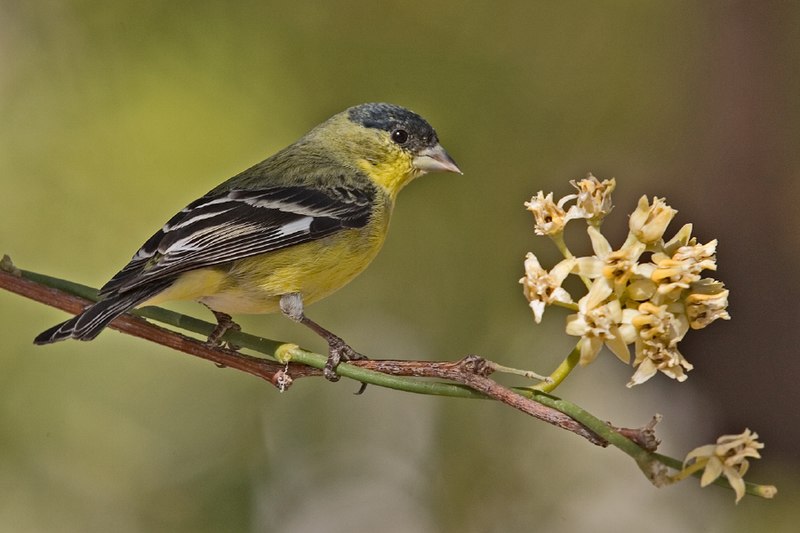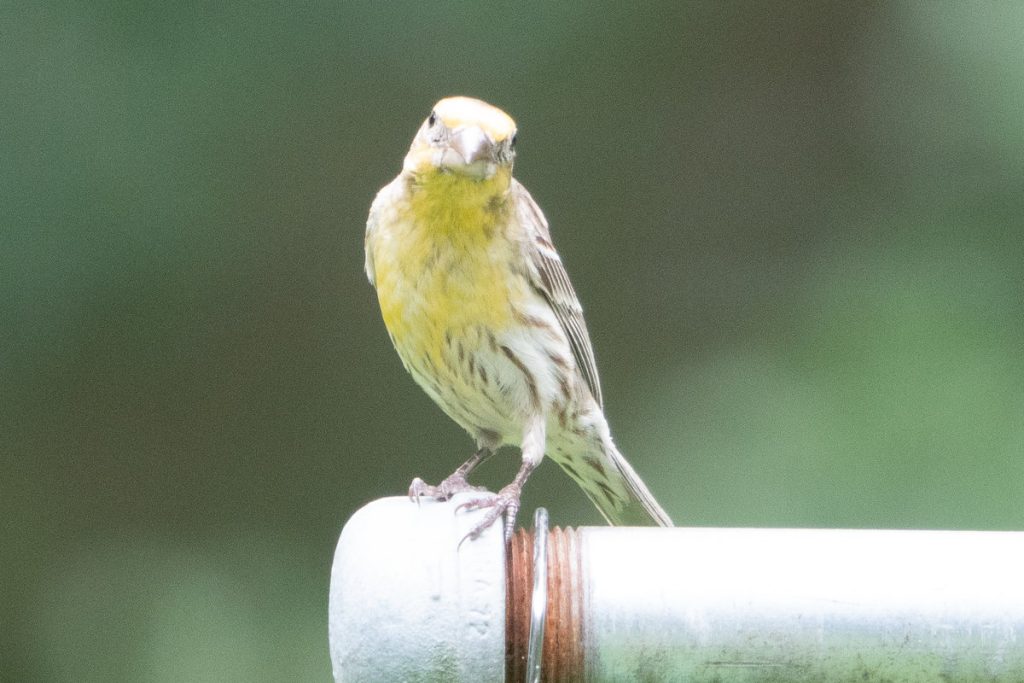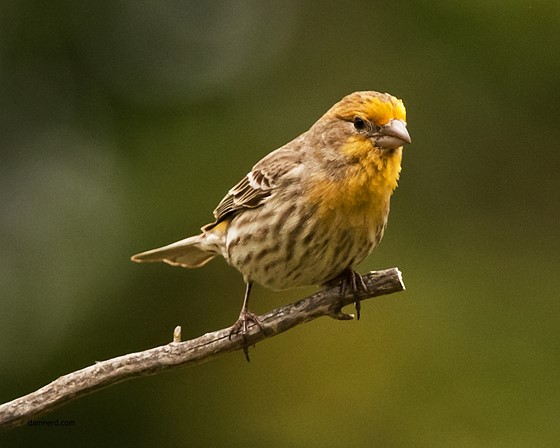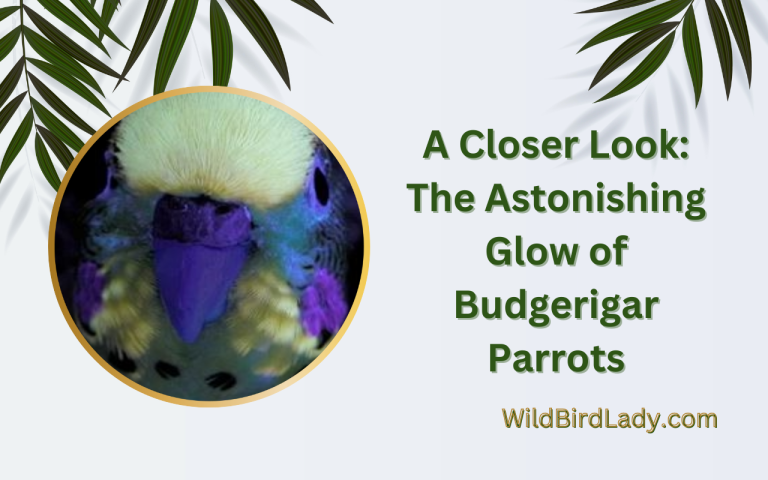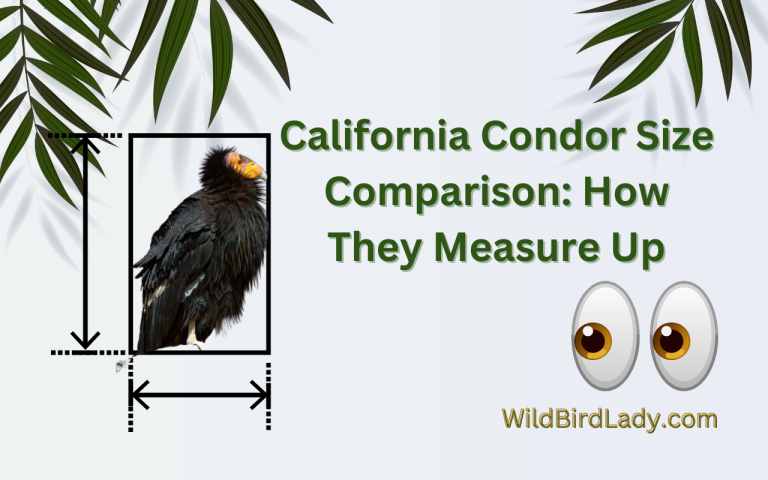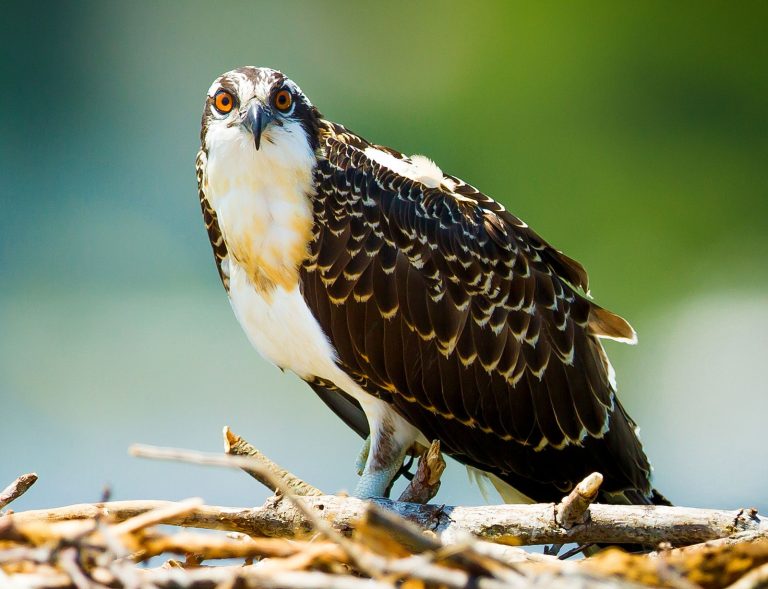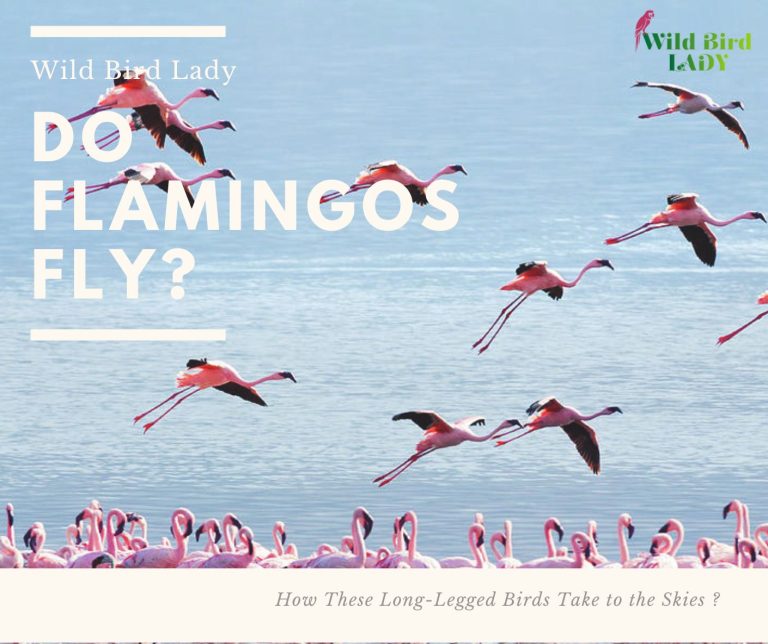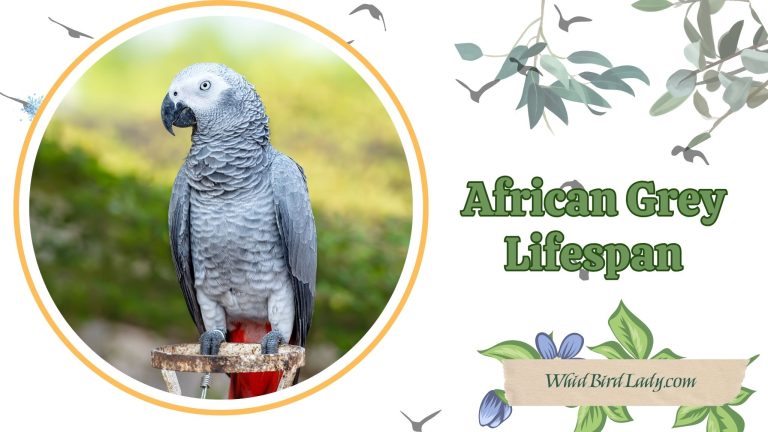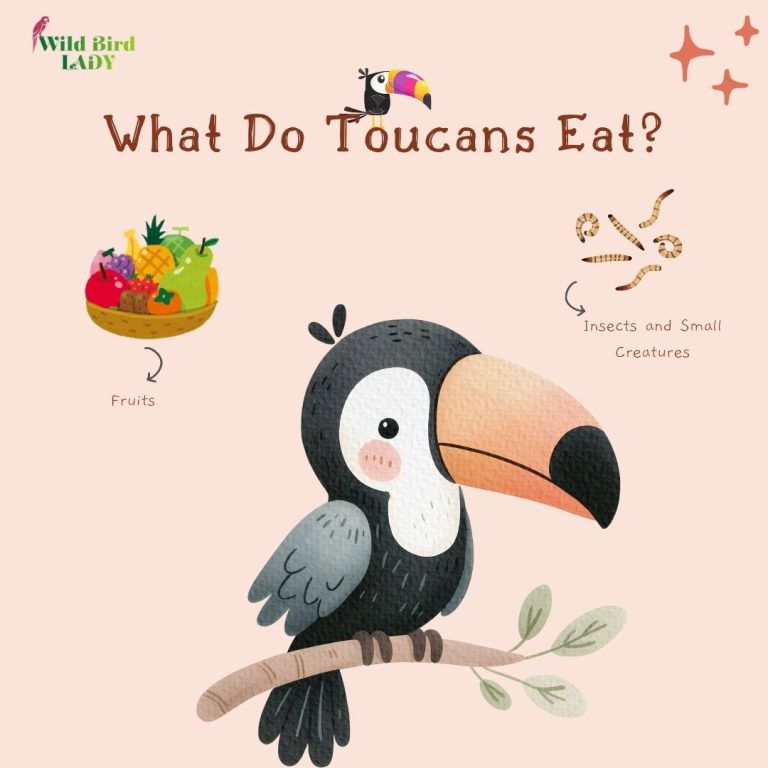Goldfinch vs Yellow Finch: 7 Easy Ways to Tell Them Apart
If you’ve ever looked out at your backyard feeder and wondered whether you’re seeing a goldfinch or a yellow finch, you’re not alone. These bright yellow birds are common sights across North America—but identifying them correctly can be surprisingly tricky.
Let’s clear up the confusion once and for all.
In this guide, we’ll walk you through 7 easy ways to tell the difference between goldfinches and yellow finches, explain the proper use of each name, and share ID tips that even beginner birders can use. Plus, we’ll explore their behavior, songs, habitats, and more—so you’ll never mix them up again.
Quick Answer: Is There a Difference Between a Goldfinch and a Yellow Finch?
Yes and no.
Technically, “yellow finch” isn’t a specific species, but rather a casual nickname. Most of the time, when people say “yellow finch,” they’re referring to the American Goldfinch (Spinus tristis). So, in many cases, goldfinch and yellow finch mean the same bird.
However, other yellowish finches, like the Lesser Goldfinch, female House Finch, or even Pine Siskins in breeding plumage, may also get lumped into the term “yellow finch.”
That’s where the confusion begins.
To keep things clear, this article compares the American Goldfinch with other small yellowish finches that people often mistake for it.
1. Coloration: It’s Not Just About Being Yellow
When it comes to identifying finches, color is the first thing most people notice—and for good reason. But it’s not just about being yellow. The shade of yellow, the contrast with black or olive, and the presence or absence of specific markings all matter when trying to figure out which species you’re seeing.
Let’s break it down by species:
🟡 American Goldfinch (Male, Breeding Season)
This bird is the poster child for backyard finches—especially in the summer months when its plumage is at its brightest.
Key coloration traits:
- Body: A vibrant lemon-yellow that’s hard to miss. It’s one of the most saturated yellows among North American songbirds.
- Cap: A jet-black “skullcap” that stretches from forehead to nape—very distinct and sharply defined.
- Wings and tail: Also black, creating a dramatic contrast with the yellow body.
- Wing bars: Bold white bars cut across the black wings, adding extra definition.
These birds almost glow in the sunlight, especially when perched in an open field or at a backyard feeder.
🔍 Note: This brilliant coloration is only present in males during the breeding season (late spring through summer). Outside of that, they look much duller—more on that later.
🟡 Lesser Goldfinch (Male)
At first glance, the Lesser Goldfinch may seem similar to the American Goldfinch—but look closely, and you’ll see key differences.
Key coloration traits:
- Body: A muted olive-yellow that varies by region. In the western U.S., especially in California and Texas, the yellow is often darker and more olive-toned.
- Back: Unlike the American Goldfinch’s yellow back, the Lesser Goldfinch sports a black or dark greenish back, making it look two-toned from above.
- Cap: Lacks the sharp black forehead cap of the American Goldfinch. Instead, the entire top of the head and back may appear darker and blend together with the back feathers.
- Wings: Dark with subtle white edging or bars, but much less crisp than the American Goldfinch.
So while still “yellowish,” the Lesser Goldfinch looks more olive and earthy, especially when compared side-by-side.
🟤 House Finch (Female)
Now here’s where the name “yellow finch” can lead to misidentification.
Female House Finches don’t look yellow at all. But due to their finch shape and size, they’re often lumped into the same visual category by beginners.
Key coloration traits:
- Overall color: Brown and heavily streaked, especially on the chest and flanks.
- Wings and tail: Brown, matching the rest of the body.
- Yellow tones? Occasionally, females may show a very faint yellow or buff wash in certain light, but it’s rare and subtle.
They look completely different from American Goldfinches, but if you’re new to birding, the similar shape and feeding habits can throw you off.
🟤 House Finch (Male) – Bonus Comparison
You might also be wondering about male House Finches, which can cause confusion too.
- They’re usually rosy red around the head and chest, not yellow at all.
- Their backs and bellies are streaky brown.
- No yellow, but if lighting is strange (sunset, shade), they can appear yellowish-orange for a split second, tricking the eye.
So if you see red—think House Finch. If you see bright yellow—look for other clues like black caps and wing bars.
✅ Key Takeaway: Who’s Who by Color
- If the bird is bright, lemony yellow with a bold black cap and strong contrast, you’re almost certainly looking at a male American Goldfinch in summer.
- If it’s olive or greenish-yellow, possibly with a darker back and no defined cap, it’s likely a Lesser Goldfinch.
- If it’s brown and streaky, or yellow is barely present (or not at all), you’re probably seeing a House Finch, especially if it’s behaving like a seed-eater in your feeder.
Understanding these color subtleties will give you a major edge in field identification—especially when birds are in motion or partially obscured by leaves or feeder ports.
2. Size and Shape: Subtle, but Helpful
When color isn’t enough—especially during molting or in dull light—size and body shape can be the next best clues for IDing finches. While all three birds are small songbirds, they don’t all wear the same “suit.”
📏 American Goldfinch
- Length: Around 4.3 to 5.1 inches
- Build: Petite, compact, and rounded
- Shape: Small round head, short neck, and a stubby tail that gives the bird a plump, almost “toy-like” appearance
- Flight: Characteristic bouncy, undulating flight pattern, often accompanied by their “potato chip” call
They have a kind of “cutie-bird” silhouette—round and tightly built, especially when fluffed up.
📏 Lesser Goldfinch
- Length: Slightly smaller, around 3.5 to 4.7 inches
- Build: Slimmer and more elongated than the American Goldfinch
- Shape: Noticeably longer tail, thinner frame, and more streamlined appearance
- Flight: Still bouncy, but often more rapid and agile
They may look more like they’re darting between branches than bouncing through the air.
📏 House Finch (Female or Male)
- Length: Larger, about 5.1 to 5.5 inches
- Build: Chunkier and more muscular looking
- Shape: Longer, rounded body with a proportionally bigger head and longer beak
- Flight: More direct and purposeful, not as fluttery as goldfinches
House Finches don’t have that same “round fluffball” shape—think of them as the more “serious” cousin in a lineup of cartoonish goldfinches.
✅ Key Takeaway: Size Tells a Story
- If the bird looks tiny, cute, and round, you’re likely seeing an American Goldfinch.
- If it’s slim and slightly smaller, with a longer tail and a sleeker look, it could be a Lesser Goldfinch.
- If it’s noticeably bigger and bulkier, especially around the chest and head, that’s probably a House Finch.
3. Beak Shape and Color: Small Clues, Big Differences
You may not think much about a bird’s beak—until you start birdwatching seriously. Then you realize it’s one of the most consistent and reliable features for identification. The size, shape, and color of the bill can tell you exactly who you’re looking at—even if the rest of the bird is hiding in a bush.
Let’s break it down:
🔸 American Goldfinch
- Beak shape: Short, conical, and stubby—the perfect little seed-crusher.
- Beak color: During the breeding season, the bill turns a distinct pale orange or pinkish-orange, which really stands out against its yellow plumage and black cap.
- Proportion: The bill looks small relative to the head, which reinforces their soft, rounded look.
Think of their beak as a tiny triangle, cute and efficient—like a sunflower seed machine.
🔸 Lesser Goldfinch
- Beak shape: Similar to the American Goldfinch—small, stubby, and conical.
- Beak color: Usually pale grayish or horn-colored, and doesn’t stand out quite as much.
- Proportion: Looks very balanced with their slim head, but can appear a bit pointier depending on angle.
It’s subtle, but the slightly less colorful beak helps differentiate them from the flashier American Goldfinch.
🔸 House Finch (Male & Female)
- Beak shape: Thicker, longer, and more curved at the culmen (top ridge)
- Beak color: Usually dull gray to brown, blending in with the rest of the bird
- Proportion: The beak looks larger and bulkier, almost over-sized compared to goldfinches.
This is where you’ll notice a huge difference: House Finches have what looks like a “heavy-duty” beak, designed to handle a wider variety of seeds, including tougher ones.
🧠 Field Tip: Beak Focus
If the bird’s face is visible and you’re unsure of its ID, zoom in (with binoculars or a photo) and ask:
- Is the beak small, orange, and triangular? → American Goldfinch
- Is it small, pale, and less colorful? → Lesser Goldfinch
- Is it big, gray, and slightly curved? → House Finch
✅ Key Takeaway: Bill Basics Are Birding Gold
- If you spot a cute orange triangle of a beak, you’re probably looking at an American Goldfinch in breeding season.
- A similar but duller beak may indicate a Lesser Goldfinch.
- A large, blunt, heavy beak likely means it’s a House Finch—especially if paired with a streaky body.
4. Seasonal Plumage: Drastic Changes Year-Round
American Goldfinches are unique among North American songbirds—they molt twice a year.
Summer (Breeding Male):
- Electric yellow, striking black cap
Winter (Non-breeding Male and Female):
- Dull yellow or even brownish
- No black cap
- Harder to ID without knowing behavior and call
This seasonal change is a major reason people confuse winter goldfinches with other finches or sparrows.
Pro tip: Don’t assume a dull-colored bird isn’t a goldfinch—it could just be off-season.
5. Song and Call: Learn Their Voices
Birding by ear is a skill that takes practice, but these vocal cues are helpful:
🎶 American Goldfinch
- Flight call sounds like “per-chick-o-ree” or “po-ta-to-chip”
- Song is a sweet, warbling series of twitters
🎶 Lesser Goldfinch
- Faster, more complex, and bubbly song
- No distinctive “potato chip” call
🎶 House Finch
- Scratchier, less musical warble
- Often sounds more like “chirrup” or “cheep”
Even beginners can learn the “potato chip” call—it’s one of the easiest bird vocalizations to remember!
6. Feeding Habits: Who Comes to Your Feeder?
American Goldfinches are picky eaters—and they love:
- Nyjer (thistle) seed
- Sunflower kernels (hulled)
- Hanging tube or sock feeders
Lesser Goldfinches eat similar seeds but may prefer open platform feeders. House Finches are less selective and will eat just about anything, including fruit and grain.
Feeder tip: If your thistle feeder gets visitors in summer with black caps and yellow bodies, you’re likely hosting American Goldfinches.
7. Habitat and Range: Know Who Lives Where
While there’s overlap, each bird has its preferred range:
| Bird | Geographic Range | Habitat |
| American Goldfinch | All across the U.S. | Meadows, backyards, roadsides |
| Lesser Goldfinch | Southwest, West Coast | Scrub, gardens, open woodlands |
| House Finch | Nationwide (urban adapted) | Cities, suburbs, farmlands |
Use range maps (like those from Audubon or Cornell Lab) to narrow down which bird is most likely in your area.
Bonus: Male vs Female Differences
Don’t forget—female finches look different from males.
- Female American Goldfinch: Yellowish-brown, no black cap
- Female Lesser Goldfinch: Dull yellow underside, grayish back
- Female House Finch: Gray-brown with streaky flanks
So even if you’re looking at a duller bird, the shape, call, and feeding behavior still offer good ID clues.
Common Myths About Goldfinches and Yellow Finches
❌ Myth: Yellow Finches are a separate species
✅ Fact: “Yellow finch” is just a nickname—usually for American Goldfinches.
❌ Myth: Goldfinches are yellow all year
✅ Fact: They only show that brilliant yellow during breeding season.
❌ Myth: Only males are yellow
✅ Fact: Females are duller, but still have yellow tones—just not as vivid.
Final Thoughts: Identifying Yellow Birds Doesn’t Have to Be Hard
Once you know what to look for, telling goldfinches apart from other yellow finches becomes second nature.
Just remember these 7 keys:
- Color patterns
- Size and shape
- Bill shape
- Seasonal changes
- Songs and calls
- Feeding behavior
- Geographic range
And if you’re still unsure, snap a photo and use an app like Merlin Bird ID or iNaturalist—they’re great tools for confirmation.
Whether you’re a casual birdwatcher or starting a serious birding hobby, knowing your local finches makes backyard birding more rewarding.
FAQs: Goldfinch vs Yellow Finch
Q: Are goldfinches and yellow finches the same bird?
A: Most of the time, yes. “Yellow finch” is a common nickname for the American Goldfinch.
Q: What’s the difference between American and Lesser Goldfinch?
A: The American Goldfinch is brighter yellow with a black cap. Lesser Goldfinches are more olive-toned and lack the cap.
Q: Do female goldfinches look yellow?
A: Yes, but much duller than males. They’re more olive or brownish-yellow.
Have a photo of a yellow bird you want help identifying? Leave a comment below or tag us on social media!

